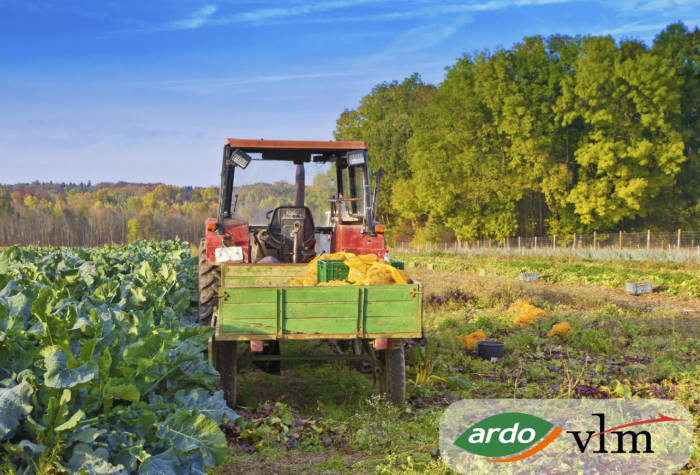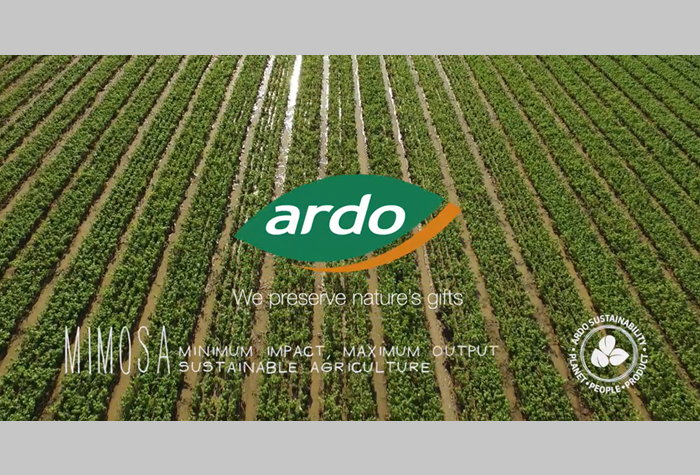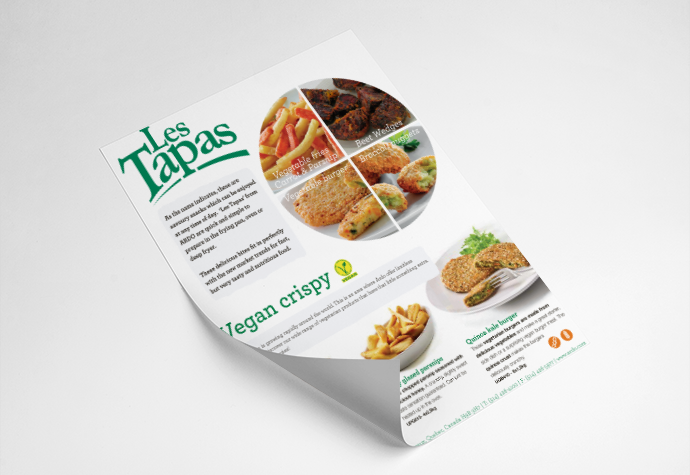As 2017 drew to a close, many of us were knee deep in our various holiday traditions while looking back at the year that was. From celebrating Chanukah to last minute holiday shopping and decorating Christmas trees, many of us were finding that there wasn’t a whole lot of sand left in the 2017 hourglass.
The holidays bring our families together to enjoy specific foods as well as specific pieces of music, films and even television programs that we return to year after year. I’m a sucker for Ralphie Parker’s adventures in A Christmas Story as well as the Vince Guaraldi Trio’s soundtrack to A Charlie Brown Christmas and I’m sure we all have our favorite versions of Dickens’ A Christmas Carol.
First published in 1843, A Christmas Carol introduces us to Ebenezer Scrooge, a name that has become synonymous with mean spiritedness and miserly ways. As the Dickens classic unfolds, Scrooge is visited by the Ghosts of Christmas Past, Christmas Present and Christmas Yet to Come with Scrooge ultimately being transformed by the experience becoming a more generous soul after seeing what the future might have in store.
Being scared straight is by no means an original theme but it was a stroke of genius to connect the era’s interest in exploring Christmas traditions against the backdrop of the socio economic upheaval taking place in Dickens’ time and thus a literary classic was born. Given the challenges that our food system faces, I wonder if it may be appropriate to consider our food systems past, present and yet to come. While the space provided here can in no way provide an exhaustive discussion, I offer the following as food for thought.
Food System Past
For much our species’ history, food was tough to come by and while we may have romantic notions of the peaceful, sustainable coexistence our hunter-gatherer ancestors enjoyed with their environment, their lives were brutish and short. Agriculture gave rise to settled population centers giving birth to unique cultural practices and specific culinary traditions and yet for much of our history these settlements were at the mercy of favorable weather conditions without which hunger and conflict might emerge. While famine may be associated with biblical times, one doesn’t need not look back that far to appreciate the consequences of food system failures. A mere 70 or so years ago much of post-World War II Europe struggled to access basic food needs while Ethiopia’s famine of the 1980s inspired British musicians to release another Christmas classic, Do They Know Its Christmas, as a means of raising funds for famine relief….in both cases vast numbers of human beings were deprived of their basic needs or starved for purely man made reasons.
While human conflict led to famine, amazing strides were made by way of the Green Revolution that took place between the 1930s and 1960s as new agricultural practices and technologies were put to use expanding global food production but not without negative consequences when the excessive use of toxic chemicals degraded the environment.
Food System Present
Hunger, even within the world’s most affluent nations, persists while lower income countries struggle with public health issues arising from both undernutrition and over nutrition with obesity rates in certain developing nations nearly rivaling those found within the OECD. While hunger persists, 1/3 of the world’s food output is wasted and human conflicts continue to deprive human beings of their basic nutritional needs.
On a more mundane note, consumers often struggle with determining what they ought to be feeding their families. From Organic to Natural, Non-GMO, low in this nutrient or high in that, many consumers are overwhelmed by the cacophony of messaging their food system tosses at them every day.
Meanwhile, our modern global food system has done more to bring more food to more people around the world than ever before and yet in many instances the vary man made constructs that support our food supply chains are detached from our food system’s purpose in favoring order qualifying attributes (price, speed to market) over order qualifying attributes (product safety, agricultural sustainability) while biodiversity remains under threat and climate change places many critical agricultural and aquacultural zones under threat. The explosion in organic food production, for example, is a wonderful thing but do we really want to further reduce biodiversity by cutting down more forests to expand organic cultivation while we wait for existing farmlands to go through their 2 or 3-year transition period from conventional to organic?
Food System Yet to Come
Will we be able to meet the planet’s food needs as we hit mid-century population forecasts or will Malthusian Theory finally prove correct? Will we expand food production sufficiently to satisfy our planet’s 9.2 billion population by 2050 but end up destroying the environment in doing so? Will water diverted for agriculture become a source of tension between nations giving rise to conflict and the famines they cause? Will we continue to massively subsidize food production contributing to such perverse outcomes as finding it so easy to toss away cheap food for minor blemishes?
Will we instead come to appreciate the real costs of producing food and thereby give it the respect it deserves? Will we rely on science fact versus agenda driven fiction in embracing technologies that produce more nutritious food while using less water, less chemical inputs and in concert with our local environments? Will we find ways to reduce if not eliminate food loss while also ensuring that no child goes hungry?
The future is ours and we owe it to our children and grandchildren to make the right choices for our food system yet to come.




